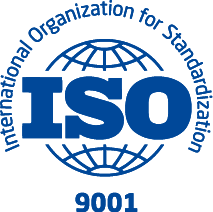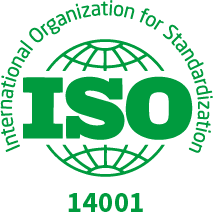FPC PCB transparent double panel
Material: Fr-4
Layer Count: 2 layers
PCB Thickness: 1.6mm
Min. Trace / Space Outer: 3/3mil
Min. Drilled Hole: 0.25mm
Via Process: Tenting Vias
Surface Finish: Lead-free spray tin
Flexible PCB circuit board
Flexible PCB circuit board is an important electronic component in the modern electronics industry. With its unique flexibility and bendability, it is widely used in various portable electronic products and wearable devices. The emergence of flexible circuit boards has greatly promoted the development of electronic products in the direction of thinness, miniaturization, and high integration.

The main material of flexible circuit boards is flexible insulating substrates, such as polyimide (PI), polyester (PET), etc. These materials have good insulation properties, bending resistance and temperature resistance, and can meet the requirements of use in various complex environments. On the flexible circuit, conductive circuits and pins are made through fine processing, printing, lamination and other processes to realize circuit connection and signal transmission
Type.
1.Single-sided PCB board: Use single-sided PI copper-clad board material to cover the circuit with a protective film to form a flexible circuit board with only a single layer of conductors.
2 Ordinary multilayer board: use double-sided PI board copper-clad material to complete the double-sided circuit, and then add a layer of protective film on both sides to become a circuit board, with double-layer conductors.

3 The substrate generates a single board: pure copper foil material is used in the circuit manufacturing process, and a layer of protective film is added to both sides successively, forming a circuit board with only a single layer of conductors but conductors exposed on both sides of the circuit board.
4 The substrate generates a multi-layer board: two layers of single-sided PI copper-clad laminate materials are used for lamination, supplemented by adhesive glue with windows opened at specific positions, to form a double-sided conductor circuit board with a two-layer separated structure that is laminate in a local area and separated in a local area. To achieve a circuit board with high flexural properties in the delamination area

Advantages and Disadvantages.
1. Advantages
(1) It can be bent, rolled and folded freely, can be arranged arbitrarily according to the spatial layout requirements, and can be moved and stretched in three-dimensional space to achieve the integration of component assembly and wire connection
(2) The use of FPC can greatly reduce the size and weight of electronic products;
(3) FPC also has the advantages of good heat dissipation and weldability, easy assembly, and low overall cost. The soft and hard combination design also makes up for the slight lack of component load-bearing capacity of the flexible base material to a certain extent.
2. Disadvantages
(1) High one-time initial cost
Since flexible PCBs are designed and manufactured for special applications, the initial circuit design, wiring and photographic plates require higher costs. Unless there is a special need to use soft PCB, it is usually best not to use it in small quantities.
(2) It is difficult to change and repair soft PCB
Once the soft PCB is made, changes must start from the base map or the prepared light drawing program, so it is not easy to change. Its surface is covered with a protective film, which needs to be removed before repairing and restored after repairing. This is a relatively difficult task.
(3)Size is limited
When soft PCBs are not yet popular, they are usually manufactured using a batch process. Therefore, they are limited by the size of the production equipment and cannot be made very long or wide.
(4)Easily damaged by improper operation
scenes to be used
Flexible circuit boards are mainly used in the connection parts of electronic products, such as mobile phone cables, LCD modules, etc. Compared with hard boards, they are smaller in size and lighter in weight, and can achieve benefits such as bending, flexing, and three-dimensional assembly. Generally, most soft boards require components.











